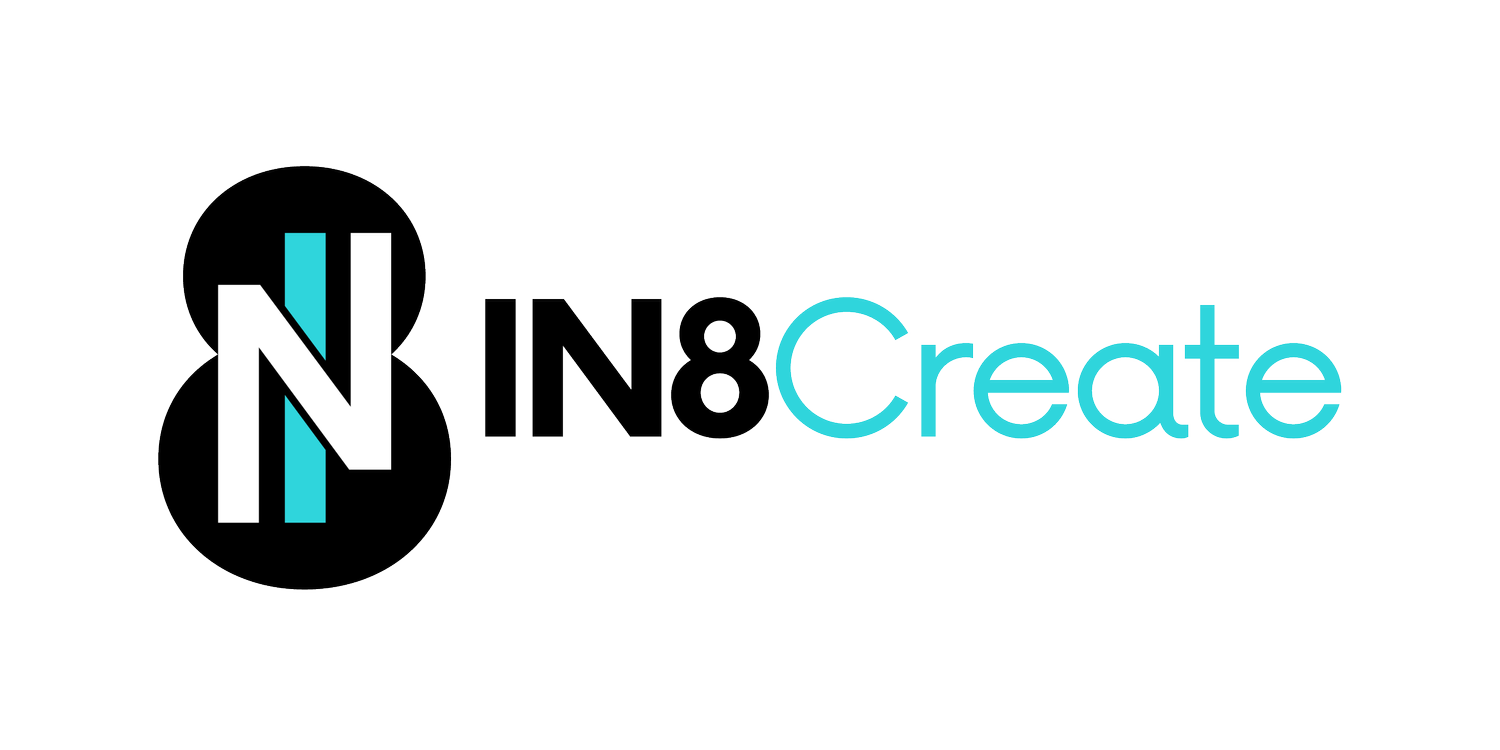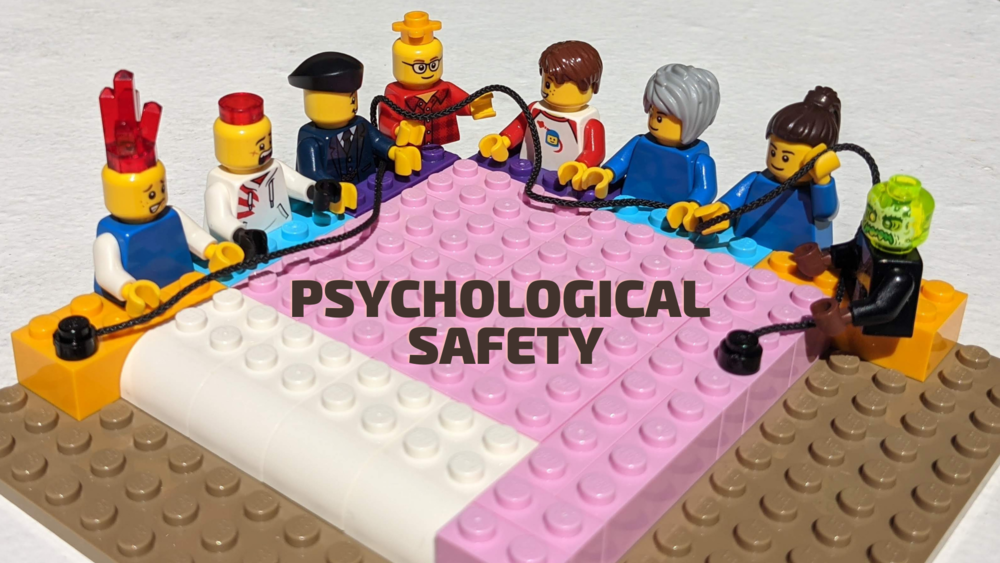The Complete Guide to Building Strong Team Foundations
Build Trust, Connection, and High Performance Through Proven Strategies
Every high-performing team shares the same secret: they've stopped pretending everything's fine and started building foundations that actually work. Look at your team right now—some engaged, others checked out, most somewhere in between. That's not a people problem. That's what happens when teams run on assumptions instead of agreements, personality clashes instead of psychological safety. This guide reveals the hidden architecture of exceptional teams and the specific steps to transform yours from a collection of individuals into a unified force. Because the difference between teams that struggle and teams that soar isn't talent—it's the foundation they build together.
Introduction: The Hidden Architecture of Exceptional Teams
Every high-performing team shares a common secret: they've mastered the fundamentals that most organizations overlook. While many teams focus on processes, tools, and deliverables, the truly exceptional ones understand that sustainable success is built on a foundation of trust, genuine connection, and shared understanding.
Think about the best team you've ever been part of. Chances are, it wasn't just about the work—it was about how you worked together. You trusted each other deeply. Communication flowed naturally. Conflicts became productive rather than destructive. Everyone felt valued and heard. These weren't accidents or lucky chemistry; they were the result of intentional practices that built a strong team foundation.
At IN8 Create, we've spent years studying what separates good teams from great ones. Through our work with hundreds of teams across industries, we've identified the core elements that create unshakeable team foundations. This comprehensive guide explores these elements through real-world insights, practical strategies, and proven approaches that transform how teams connect, communicate, and collaborate.
Whether you're building a new team from scratch, revitalizing an existing group, or seeking to understand why some teams consistently outperform others, you'll discover the principles and practices that create lasting team excellence. From the science of team chemistry to the art of building psychological safety, from navigating complex team dynamics to developing authentic leadership—this guide provides the roadmap for building teams that don't just work together, but truly thrive together.
Building Trust and Psychological Safety
Trust isn't built in grand gestures—it's constructed in the moments most people miss. As we explore in Team Trust is Built in Moments Most People Miss, the foundation of exceptional teams rests on countless small interactions where team members choose vulnerability over protection, authenticity over performance. These micro-moments of trust compound over time, creating an environment where people feel safe to take risks, share ideas, and bring their whole selves to work.
Psychological safety—the belief that you can speak up without risk of punishment or humiliation—has emerged as the single most important factor in team effectiveness. Google's Project Aristotle confirmed what practitioners have long suspected: teams with high psychological safety consistently outperform those without it, regardless of the individual talent involved. Our exploration of The Path Ahead: Psychological Safety in a Flexible Work Era reveals how this becomes even more critical as teams navigate hybrid and remote work environments, where informal trust-building opportunities are scarce.
The challenge for leaders is creating conditions where psychological safety can flourish organically. This requires balancing candor with care, as discussed in Balancing Candor with Psychological Safety in Senior Leadership Communication. Teams need leaders who can deliver honest feedback while maintaining an environment where people feel valued and supported. When teams achieve this balance, they unlock a level of performance and innovation that rigid, fear-based cultures can never match.
Team Identity and Formation
Every team has a unique identity—a collective sense of who they are and what they stand for. Yet many teams never take the time to consciously develop this identity, leaving it to form haphazardly through default patterns and unstated assumptions. As we discuss in The Foundations of Amazing Teamwork, exceptional teams understand that identity formation isn't a luxury—it's a necessity for aligned action and sustained performance.
The process of team formation follows predictable patterns, yet each team's journey is unique. In Team 101: What Does It Mean to Be Part of a Team?, we explore how individuals transform from a collection of people into a cohesive unit with shared purpose and mutual accountability. This transformation requires intentional effort to surface individual strengths, align on collective values, and establish the norms that will guide team behavior. The most successful teams treat this formation process as an ongoing practice rather than a one-time event.
What truly distinguishes high-performing teams is their ability to maintain and evolve their identity through changing circumstances. As revealed in Reveal Your Team's Identity: The First Step to Elevating Team Performance, teams that regularly reflect on and refine their collective identity are better equipped to navigate challenges, integrate new members, and adapt to evolving organizational needs. They understand that team identity isn't fixed—it's a living construct that requires continuous attention and intentional cultivation.
Connection and Relationship Building
The secret sauce of great teams isn't found in their processes or structures—it's in the quality of connections between team members. As we explore in The Secret Sauce of Great Teams: Emulsification, exceptional teams function like a well-emulsified sauce where distinct individuals blend into something greater while maintaining their unique contributions. This doesn't happen by accident; it requires intentional practices that foster genuine human connection beyond professional roles.
Building these connections demands more than surface-level team activities. Building Stronger Connections in Teams reveals how meaningful relationships form when teams create space for vulnerability, shared experiences, and authentic dialogue. The most effective approaches recognize that connection isn't just about knowing what people do—it's about understanding who they are, what drives them, and how they see the world. This deeper understanding transforms how team members collaborate, turning potential friction into productive synergy.
Research consistently shows that teams with strong interpersonal connections demonstrate higher engagement, better problem-solving, and increased resilience during challenges. Our analysis in Three Ways to Build Connection in Teams provides practical strategies for fostering these connections, from structured storytelling exercises to creating regular rituals that prioritize relationship building. When teams invest in connection, they create a reservoir of goodwill and understanding that sustains them through inevitable conflicts and challenges.
Team Dynamics and Composition
Understanding team dynamics is like reading the hidden currents that drive team behavior. Every team has its unique ecosystem of personalities, work styles, and interpersonal patterns that either amplify or diminish collective performance. In The Art of We vs Me in Teams, we explore how successful teams navigate the delicate balance between individual achievement and collective success, creating environments where personal excellence enhances rather than undermines team goals.
Team composition profoundly impacts these dynamics. As discussed in Who are Your Team Anchovies, Who is Your Salt?, every team member brings a unique "flavor" that affects the whole. Some team members are like anchovies—strong personalities that can dominate if not balanced properly. Others are like salt—enhancing everyone around them. Understanding these dynamics helps teams leverage diversity rather than being divided by it. The key is recognizing that there's no perfect team composition; success comes from understanding and optimizing the mix you have.
When conflicts arise—and they always do—teams with strong foundations handle them differently. Solving for Conflict in Teams reveals how high-performing teams view conflict as a tool for growth rather than a threat to harmony. They've developed the skills to engage in productive disagreement, using tension as a catalyst for innovation rather than destruction. This ability to navigate conflict constructively becomes a competitive advantage, allowing teams to tackle difficult issues that others avoid.
Creating High-Performance Culture
Culture isn't what you say—it's what you consistently do. High-performing teams understand that culture emerges from daily practices, shared rituals, and the thousands of small decisions that shape team life. In Creating A Resilient, Future-Ready Workforce, we explore how exceptional teams build cultures that balance high performance with sustainability, creating environments where excellence is the norm without burning people out.
The foundation of high-performance culture is shared accountability and mutual support. As revealed in Fostering Team Success Through Individual Responsibility, the best teams create cultures where everyone owns the team's success while supporting each other's growth. This isn't about pressure or surveillance—it's about creating an environment where people naturally want to contribute their best because they're invested in the collective outcome. Teams achieve this by establishing clear expectations, celebrating collective wins, and treating failures as learning opportunities.
Sustaining high performance requires intentional practices that reinforce cultural values. Does Your Team Cheer Each Other On? examines how recognition and celebration practices shape team culture. The most successful teams understand that performance isn't just about hitting targets—it's about how you hit them. They create cultures where effort is recognized, progress is celebrated, and support is freely given, building the emotional reserves needed for sustained excellence.
Leadership Through Teams
The most effective leaders understand a fundamental truth: leadership isn't about commanding from above—it's about cultivating leadership throughout the team. As explored in Why Great Leaders Celebrate When Team Members Move On, exceptional leaders measure their success not by creating dependencies but by developing people who can lead elsewhere. This abundance mindset transforms how leaders approach team development, focusing on growth rather than control.
Modern leadership requires navigating complex team dynamics while maintaining strategic focus. Identifying Leadership Friction in Teams reveals how subtle leadership challenges—competing visions, unclear authority, or misaligned expectations—can silently undermine team performance. Effective leaders actively identify and address these friction points, creating clarity that enables teams to move forward with confidence. They understand that their role isn't to have all the answers but to create conditions where the team can find them together.
The evolution from individual contributor to team leader represents one of the most challenging transitions in professional life. Our exploration in Three Methods for Building a High Performing Team provides practical frameworks for leaders seeking to build exceptional teams. The key insight: great team leadership isn't about being the smartest person in the room—it's about making the room smarter. Leaders who embrace this philosophy create teams that consistently outperform those led through traditional command-and-control approaches.
FAQ
What's the most important element of a strong team foundation?
While all elements matter, psychological safety consistently emerges as the cornerstone. Without it, team members won't take risks, share honest feedback, or bring their full creativity to challenges. However, psychological safety alone isn't sufficient—it must be combined with clear purpose, strong relationships, and effective practices.
How long does it take to build a strong team foundation?
Initial foundations can be established in weeks through intensive focus, but truly strong foundations develop over months and years. The key is starting with intentional practices early and maintaining consistent attention to team development. Teams that invest upfront see returns much faster than those hoping foundations will develop naturally.
Can you rebuild team foundations after they've been damaged?
Yes, but it requires commitment, patience, and often external support. Trust rebuilds slowly, requiring consistent actions over time. The process typically involves acknowledging past issues, establishing new norms, and creating opportunities for positive shared experiences that gradually restore confidence.
How do you maintain team foundations during rapid growth or change?
Successful teams treat their foundations as living systems requiring constant attention. During growth, this means being intentional about onboarding, regularly revisiting team identity, and creating rituals that reinforce core values. Change periods actually offer opportunities to strengthen foundations by involving teams in shaping their evolution.
What's the biggest mistake teams make with their foundations?
Assuming that team foundations will maintain themselves. Just as physical foundations require inspection and maintenance, team foundations need regular attention. The second biggest mistake is focusing solely on task execution while ignoring relationship and culture building.
How do remote and hybrid teams build strong foundations?
Remote teams must be more intentional about creating connection opportunities. This includes regular video calls focused on relationship building, virtual coffee chats, and structured activities that replace informal office interactions. The key is frequency and consistency rather than relying on occasional team gatherings.
When should a team seek external help with foundation building?
Consider external support when facing persistent conflicts, during major transitions, when team performance plateaus despite individual talent, or when launching critical new initiatives. External facilitators bring objectivity and proven methodologies that accelerate foundation building.
How do you measure the strength of team foundations?
Look for indicators like: open communication during meetings, constructive conflict resolution, mutual support during challenges, shared accountability for results, and team members' willingness to be vulnerable. Regular team health surveys and 360-degree feedback also provide valuable insights into foundation strength.



































We create mental shortcuts about these people, usually based on very limited information, and those definitions influence our collaboration moving forward. Often, these snap judgments become self-reinforcing cycles that can be difficult to break.